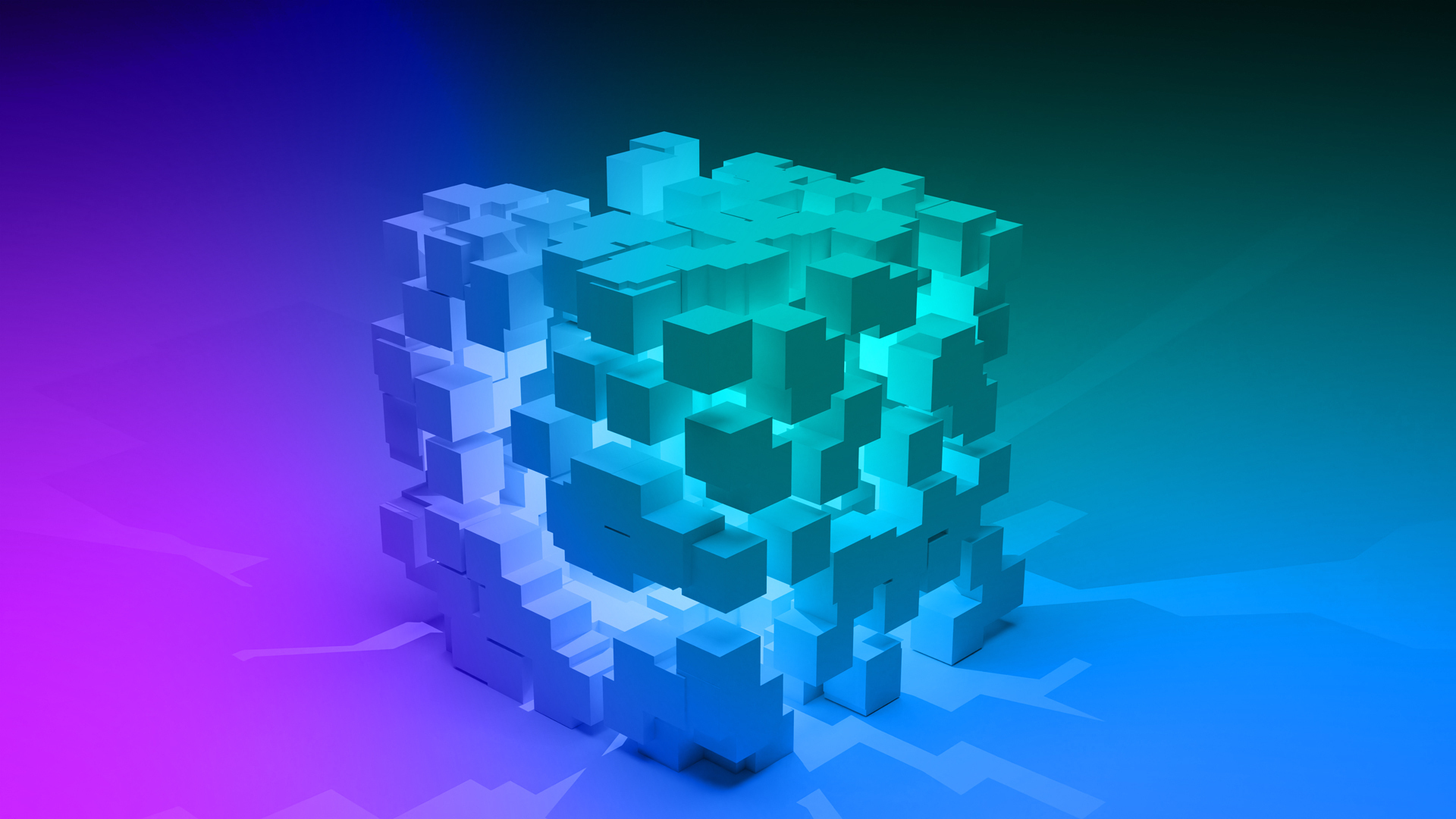Navigating the ever-evolving world of technology can be a challenge – even more so when half of it is made up of acronyms, abbreviations and general tech-related jargon. We’ve created a glossary of some of the most common technology acronyms, defined and explained in easy-to-understand language.
AI - Artificial Intelligence
Likely one of the most well-known acronyms on our list, AI refers to the simulation of human intelligence in machines. The goal of AI is to allow machines to carry out processes which usually require a human, such as problem solving. Once just a concept outlined by Alan Turing in 1950, AI is no longer a futuristic pipe dream: it’s everywhere from finance to healthcare to art to writing and back again.
API - Application Programming Interface
An API allows two separate programmes to communicate with each other and work together without the need for a human to stand in the middle. APIs make it possible for us to log into certain applications (like Spotify or Slack) with another platform’s account (like Facebook or Twitter). APIs are also what allow an e-commerce website to connect with an internal warehouse database so out-of-stock items can be labelled as such, without staff having to track and update items manually.
AR - Augmented Reality
AR is an interactive experience which combines the real world with virtual elements. It’s related to VR – virtual reality – but unlike VR, AR doesn’t involve an entirely simulated world, and instead adds 3D, virtual content to the area around you. This is particularly useful to view how a piece of furniture may look in your living room or to measure a space in your home, but is also commonly used by gaming headsets to make it look like you’re really wielding a lightsaber!

CDN - Content Delivery Network
CDNs are used to reduce loading times when accessing websites. They’re essentially global networks of servers, which store versions of the website’s content in many places at once. This reduces the distance data has to travel between the website’s original server, and the user trying to access it, allowing it to load much more quickly.
CRM - Customer Relationship Management
In terms of software, a CRM is a system which helps a company to automatically track, store and manage all interactions, data and notes about their customers. A CRM replaces the countless spreadsheets, documents and lists usually needed to track this information, and makes it much more simple for all members of a team to access the same information to tailor their interactions with customers.
DNS - Domain Name System
All computers – including phones, laptops and servers – using the internet communicate with each other through numbers called IP addresses. Luckily, we don’t have to remember these sequences every time we want to visit a website – we can instead enter a domain name (such as aspekt.agency). The DNS translates the memorable, human-friendly domain names into computer-friendly IP addresses.

DoS attack - Denial of Service attack
A DoS attack is a type of cyber-attack which aims to make a device or network inaccessible to the user. Some overload the target with so much traffic that it shuts down, and others send a specific piece of information designed to trigger a crash.
ISP - Internet Service Provider
Your ISP is the company which provides you with access to the internet. Everyone, whether an individual or an organisation, needs an ISP to access the internet.
LAN - Local Area Network
A LAN is a collection of devices connected together in one physical area, such as your home or office. It can be made up of just a few devices, or thousands. LANs can be made up of several components, including cables, switches, routers and access points, but wireless connection is becoming more common.
NFT - Non-fungible Token
Fungible means replaceable, which makes non-fungible mean irreplaceable. £1 coins are fungible – if I give you one and you give me one back, the value is exactly the same. NFTs are designed to give you ownership of something digital like music or artwork, and each contain specific information making it unique and irreplaceable.

Are you looking to incorporate more technology into your business, whether through a responsive website, integrated software or a detailed data strategy?
Written by Bethany Piper
Copywriter | ASPEKT
January 18th, 2022










